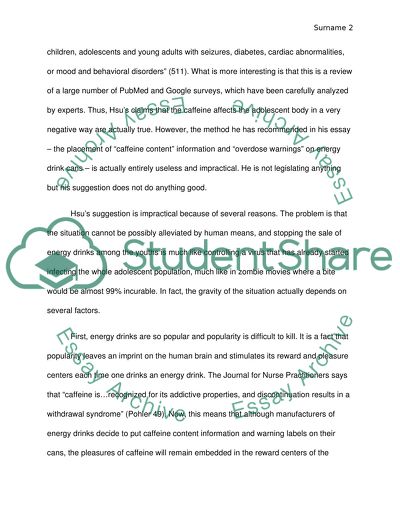Cite this document
(“High on Caffeine: Regulating Energy Drinks Essay”, n.d.)
Retrieved from https://studentshare.org/english/1467273-high-on-caffeine-regulating-energy-drinks
Retrieved from https://studentshare.org/english/1467273-high-on-caffeine-regulating-energy-drinks
(High on Caffeine: Regulating Energy Drinks Essay)
https://studentshare.org/english/1467273-high-on-caffeine-regulating-energy-drinks.
https://studentshare.org/english/1467273-high-on-caffeine-regulating-energy-drinks.
“High on Caffeine: Regulating Energy Drinks Essay”, n.d. https://studentshare.org/english/1467273-high-on-caffeine-regulating-energy-drinks.


